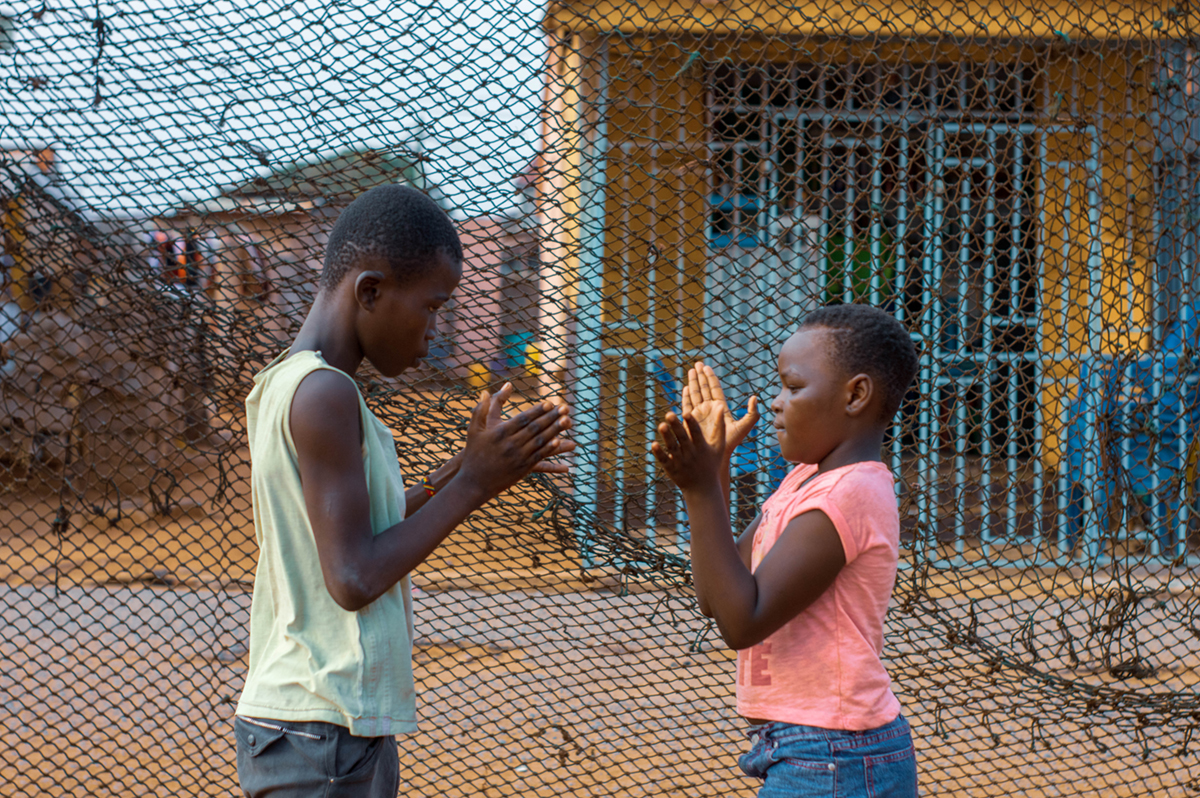
Juvenile arthritis is a chronic condition that results in an inflammation of one or more joints and in order for the condition to be deemed as juvenile, it must start in a person that is under the age of 16.
There are very common symptoms for people with this problem that include joint inflammation though the symptoms usually behave very differently and could require different treatment approaches.
The onset usually begins with high fevers a skin rash and evidence of inflammation in the internal organs and joints.
Ten percent of children that experience arthritis have this condition of juvenile arthritis.
Usually, people consider arthritis to be a disease that elderly people have but in fact many children can develop adult-type rheumatoid arthritis beginning earlier in their lives.
Even though the child can develop many of the same symptoms that occur in adults with arthritis the main difference is that a child can outgrow juvenile arthritis, while most adults will have the problem for the rest of their lives.
However, the real causes of juvenile arthritis are still unknown, though many believe that it is very closely associated with an autoimmune problem. There are genetic markers that are seen in certain types of childhood arthritis.
In the most common form, called juvenile rheumatoid arthritis (JRA), the usual symptoms are joint swelling, pain and stiffness that is worse in the morning or after a nap. The pain will usually limit movement of the affected joint, though many children especially younger ones, will not complain that they are feeling any pain.
JRA usually affects the knees and joints in the hands and feet, and some of the early signs could be seeing a child limp in the morning because his or her knee hurts. JRA also causes high fevers and a light pink skin rash.
These two symptoms come and go very quickly sometimes. JRA also causes the lymph nodes in the neck and in other parts of the body to swell considerably.
In the case of JRA it is best to visit a pediatrician. Depending on the severity of the case, the doctor could recommend a specialist, such as a rheumatologists (specializing in childhood arthritis) or orthopedic surgeon (bone specialist).
The best thing to do for the children is to maintain a high level of physical activity and social functioning. Regular everyday ways to treat the swelling and pain can be used, such as using cold and hot compresses and over-the-counter pain relievers. A high level of physically activity is also important in order to keep the joints strong. Sometimes the physical therapy is recommended so that a child can learn exercises that will help to alleviate the pain and swelling symptoms.


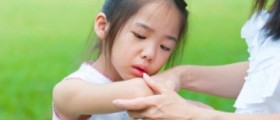




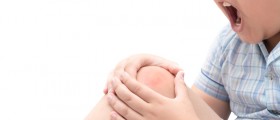


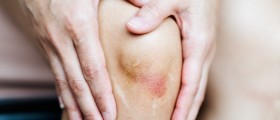




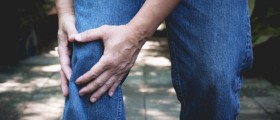
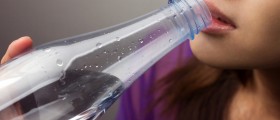
Your thoughts on this
Loading...